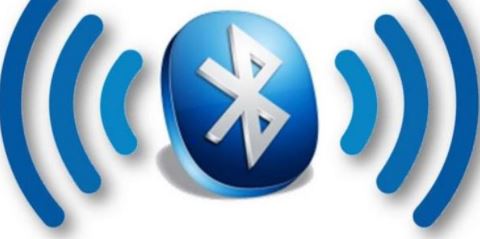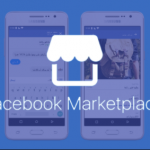In the world we are today, smartphones are things billions of people possess, but not people have them, and they’re not the only smart devices we have access to. Older people and young kids have valid reasons for not owning one, which excludes them from the phone-based contact-tracing systems currently being put in place. That could diminish the overall efficacy of preventing further spread of COVID-19, which is driving the Bluetooth Special Interest Group into action.
It has revealed that it’s begun looking at a way to make wearables to participate in exposure notification systems. The idea behind this is to let smartwatches, fitness trackers and even Bluetooth wristbands to form part of the contact tracing network. That way, currently disconnected groups like kids and the elderly could be tracked without needing to buy them all smartphones.

The whole point of all this, of course, is to include this power to the existing number of wearables that are currently available. Ken Kolderup, the SIG’s VP of Marketing told Engadget that “there is nothing in the spec that prevents an existing wearable to add support for this new capability.” Kolderup also said that adding everyone’s wearables to the system is a “key goal,” although doing so is “up to its manufacturer.”
In its statement, the SIG quotes Technical University of Munich professor Elisa Resconi, who mentioned that “including wearable devices in an ENS [Exposure Notification System] would be a very effective method for extending its reach to support these important groups.” So far,130 of the body’s member companies have joined a working group to work out ways to implement this system while preserving user privacy.
TECH NEWS >>>>Apple Launches Two New Radio Stations And Renames Beats 1




